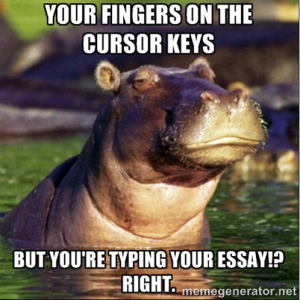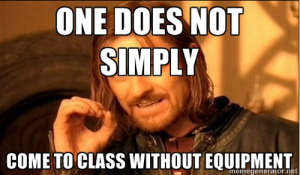Let me begin by giving some context. I was teaching poetry to a class of bored looking Year 9’s (I’m not certain Year 9’s can look anything other than tots bored with life). The focus of the lesson was on poetic devices. When I came to onomatopoeia, I played a YouTube clip of the 1960’s Batman and Robin series (https://www.youtube.com/watch?v=eQYU8UEgudQ), in which Batman and boy wonder bash, crash and bop all manner of sidekicks, henchmen and eventually The Joker himself. I deliberately use this clip because not only does demonstrate onomatopoeia, albeit in a less than sophisticated manner, it is also a guaranteed alarm clock. Students immediately sit up and listen when a video is played, especially a video as ‘lame’ as the old Batman series starring Adam West.
After the lesson had finished, I reflected on my way to the coffee machine that You Tube has become a very important weapon in my teaching arsenal and why not? My students use it all the time, it is very much part of their everyday experience. A few days later for example, I was teaching something or other, and the class did not believe something I said.
“Fine,” I said, “Google it!” Most the class couldn’t be bothered but I noticed that one student actually avoided Google and went straight to YouTube. He proved me right, of course, but it was an eye opening moment for me. Perhaps, reading is being entirely replaced by viewing for these young people?
We already know that while young people use the internet as a quick and easy source of information (Rowlands, 2008), we also know that they are very poor and evaluating the usefulness and accuracy of this information, and I think that this must be especially true of YouTube. Of greater concern perhaps is that this might become a new trend, bypassing reading information in favour of viewing snippets and soundbites.
We already place a great deal of emphasis on encouraging students to evaluate the validity of their sources but I am beginning to think that perhaps we should start this process sooner in a child’s educational journey, however, I think that we may be too late in some circumstances and that the bats have flown the Batcave.
Works Cited
Rowlands, I. N. (2008). The Google generation: The information behaviour of the researcher of the future. London: Aslib Proceedings.


